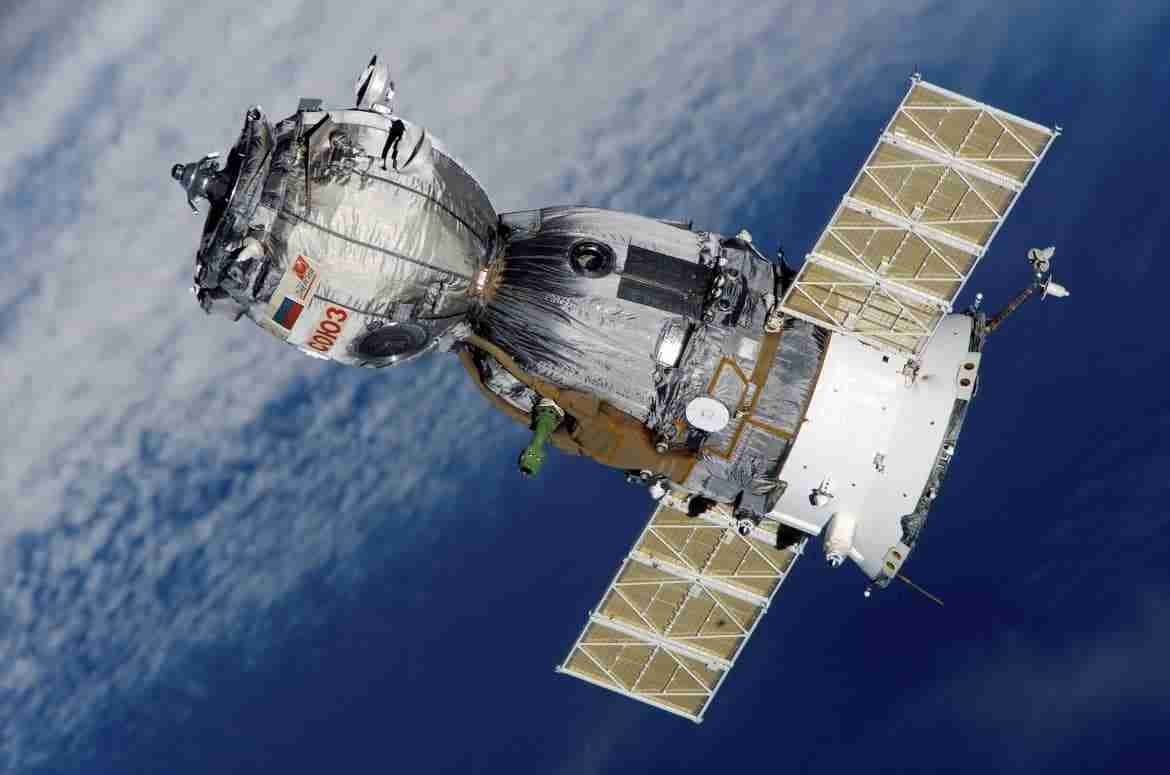Space surveillance is a crucial block in a Nation’s security landscape. China has been contesting its claim as a super-power in the Asia region and has ongoing land, air and sea disputes with its South China Sea neighbours (Philippines, Vietnam, Malaysia, Taiwan, Brunei). The US and its allies have been attempting to reign in this Chinese regional supremacy through various means, including military, so as to establish freedom of navigation in the South China Sea.
As part of a QUAD or any other alliance, India’s direct involvement in the South China Sea regional disputes require a long term policy viewpoint rather than India being coerced to push the limits with China in any unintended manner. India’s deployment of sea assets in the Western Pacific to collect Intelligence, Surveillance and Reconnaissance (ISR) information can be construed as a trust inconsistency in the Sino-India relationship.
From a military perspective, such considerations do not mean that the Indian Navy stops pursuing the ISR activities in the Western Pacific ocean for intelligence gathering. The Ladakh crisis has highlighted the need for a clear and continuous Situational Awareness. In modern warfare, a nation’s preparedness against any unpredicted threat is through early detection of the adversary’s activities. The patterns within the ISR information reveals an insight into the tactics under deployment by the adversary and own vulnerabilities to safeguard.
The warfighting units on the ground require seamless real-time and net-centric information for a clear decision-making process. For this, the next-generation space technologies use highly software-centric techniques to make the net-centric tactical ISR available at all echelons. The Space-based ISR plays a key role to develop a truly interoperable, open architecture ISR framework.
Small Satellite Based ISR Missions
India has many indigenous large scale Defence satellites like GSAT-6and GSAT-7in orbit along with other dual-use satellites (like RISAT-2BR1). World over, the small satellites for ISR missions are fast evolving as a national strategy as they are rapidly replaceable, cost much lesser and require smaller rockets to launch.
The small satellites weigh lesser than the conventional satellites and have limited features and functionalities. In ISRO’s Small Satellites category, MICROSAT and YOUTHSAT are two examples. The MICROSAT is a small experimental satellite in the 100 kg class which was placed in Sun Synchronous Polar Orbit (SSPO) in 2018.
Presently, ISRO is launching the smaller satellites along with the larger satellites onboard the heavy duty rockets like Polar Satellite Launch Vehicle (PSLVs) or Geosynchronous Launch Vehicle (GSLV). ISRO is developing Small Satellite Launch Vehicles (SSLVs) as independent rocket systems for Small satellite launches.
ISR Advantage with SSPO Orbits
The Sun-synchronous trajectory is a specific Polar orbit where the satellite is synchronous with Sun i.e. at a fixed position w.r.t the Sun. In this particular orbit, such satellites pass a specific region of Indo-Pacific at the same local time and are able to observe the area at the same time of the day.From military perspective this is an important feature since analysis of satellite images pertaining to Indo-Pacific can show any changes over a period of timeto reveal adversary’s position, or a construction of missile base in the border regions etc.

A series of image data collated and analysed over many days, weeks or months can reveal a bigger picture and the adversary’s intent. Similarly, such information pertaining to weather observations can assist in planning the maritime patrol aircraft missions in a particular region.
China’s space progress
While India has made multiple progress through the ISRO initiative, China’s Space programme may be considered decades ahead. China’s first manned Space mission was in 2003, and by 2008, the taikonauts had completed the maiden spacewalk too. China tested its anti-satellite (ASAT) weapon in 2007. An operational Space Station provides a long-term human presence in space and the Chinese Space Station was positioned in the Earth Orbit in 2011.
In 2016, the first crewed Space Station docking was completed with this Space station. China’s Beidou Navigation satellite system is operational as part of the global GNSS (Global Navigation Satellite System). Further, recently the Chinese lunar rover landed on the farther side of the Moon. China has a robust dual-use network of satellites in space that possess ISR capability over India and IOR region with some of the latest digital technologies.
India’s space initiative
In 2010, MoD created an Integrated Space cell which is coordinated by the Defence services, DRDO and ISRO. This cell is actively involved in military surveillance activities and is assisting in formalising the way ahead for India’s Space based Defence capabilities.
In 2019, India successfully demonstrated Anti-satellite (ASAT) weapon capability to intercept a Low Earth Orbit satellite under the mission Shakti programme. This ASAT weapon was a high-speed kinetic ground-launched missile that reached outer space to engage a redundant Indian satellite in orbit. Recently, ISRO tested the free-space Quantum Key Distribution (QKD) communication over a 300m distance at Ahmedabad. Once fully deployed, such technologies shall immensely help in securing the satellite communication systems against hackers.
For a future Space Command to be in place, the large amount of space segment infrastructure required is still a challenge. Even though ISRO has been successful in providing a surveillance satellite network for Defence purpose, the combat data availability on a Real-time basis is yet to be achieved.
Conclusion
Indian Navy shall be highly dependent on satellite technology to monitor the Indo-Pacific region to overcome its limited resources required to cover the vast oceans. Space shall be the new high ground for India’s initiative to avoid the next tussle with any adversary, especially China. India shall be only secure when Indian origin satellites, with local Control Network, are established for the Defence services.


